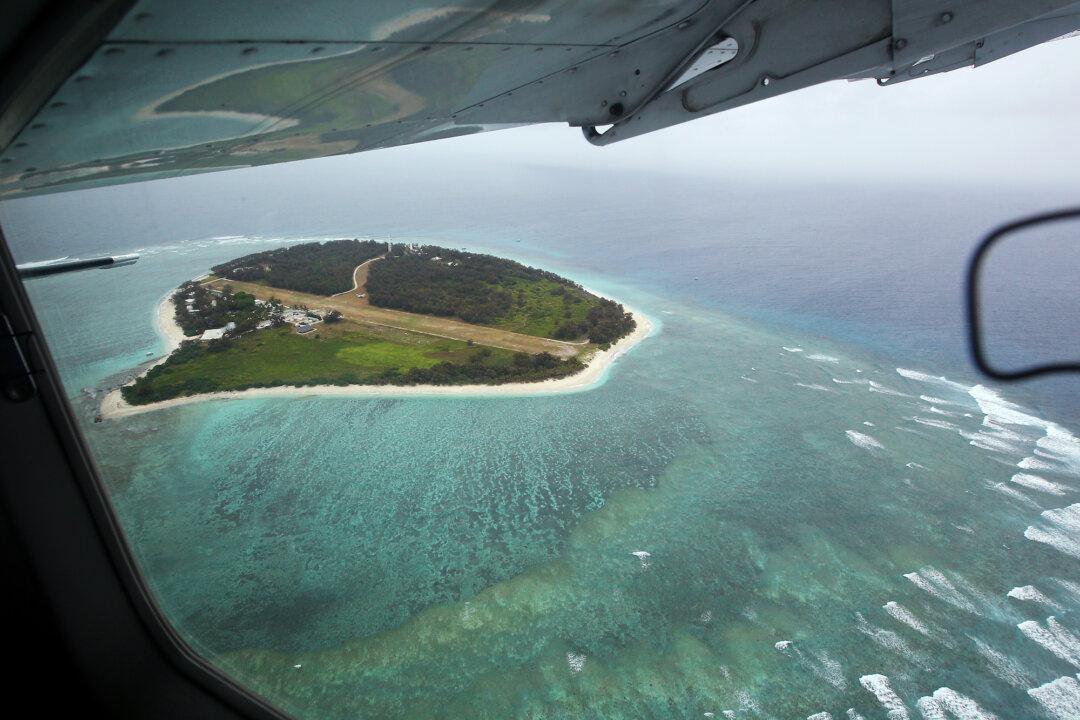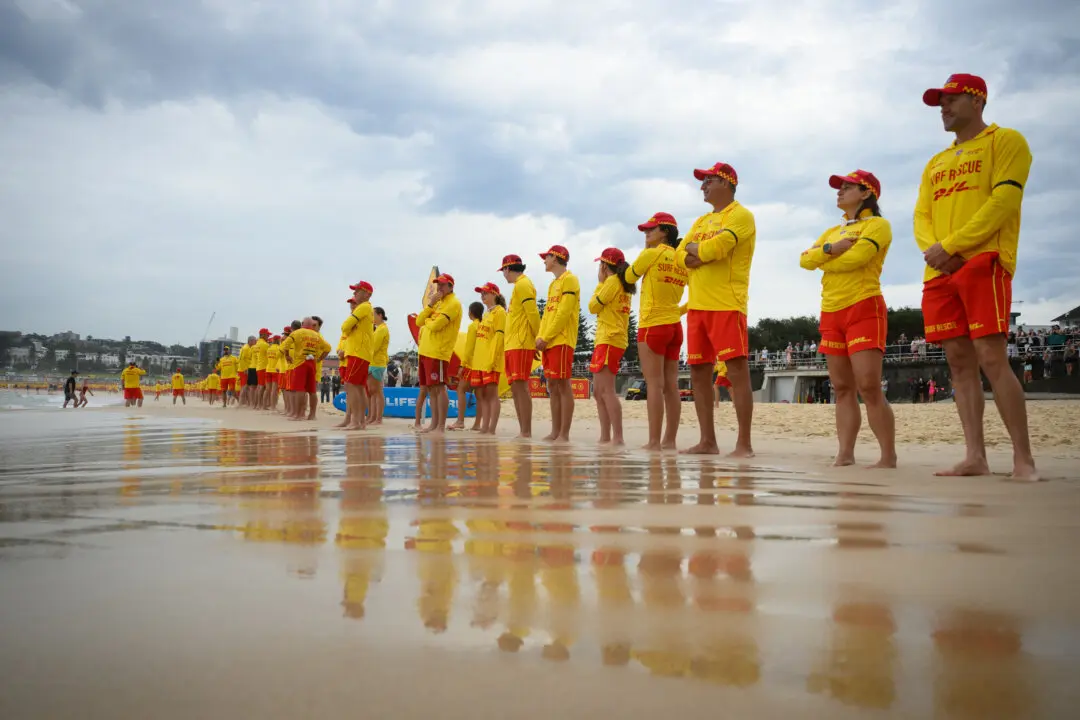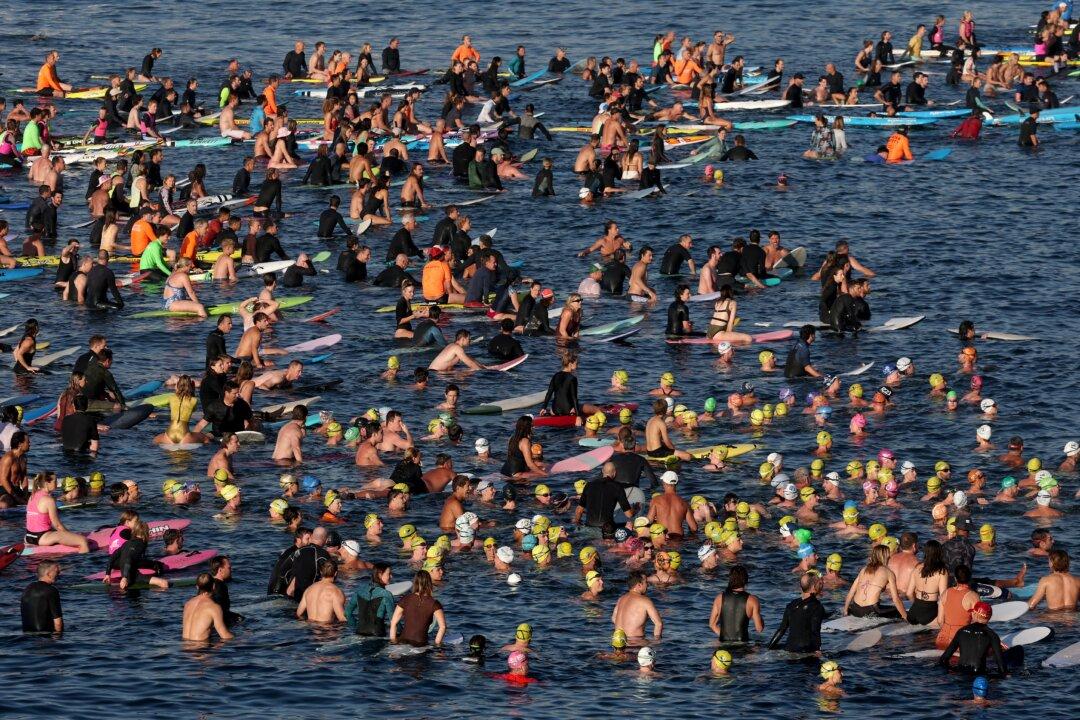An unexploded 45 kilogram (99 pounds) bomb has been towed into deep waters five months after being found off the New South Wales coast.

An aerial view of Lady Elliot Island, Australia, seen from the plane window on January 15, 2012. The island is the southern-most coral cay of the Great Barrier Reef. Mark Kolbe/Getty Images
|Updated:




